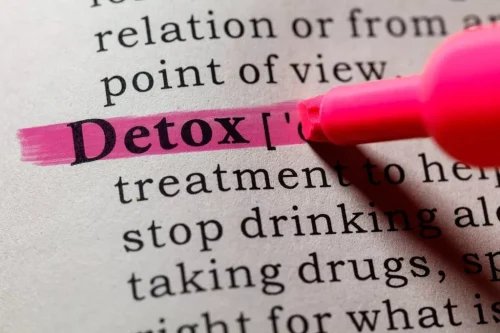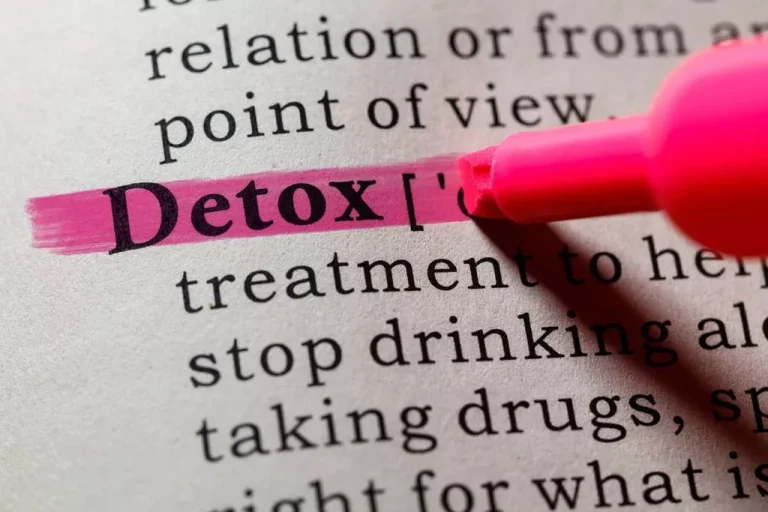
And if you have a history of high blood pressure, it’s best to avoid alcohol completely or drink only occasionally, and in moderation. This review will provide an updated view of this condition, including its epidemiology, pathogenesis, diagnosis, and treatment (Graphical Abstract). Furthermore, there are conflicting data among studies regarding the prognosis of the condition, with some showing overall mortality near 60% and others showing a mortality rate of only 19% (Table 1). Despite these features, the structural changes do not seem to be specific, furthermore, they are not qualitatively different from those found in idiopathic DCM and they do not allow us to differentiate between the two conditions44.

6. Cardiac Hypertrophy and Remodeling in ACM
The lowest prevalence of ACM among DCM (3.8%) was obtained from a series of 673 patients admitted to hospital consecutively due to HF in the state of Maryland27. This study included not only DCM, but also all causes of left ventricular dysfunction, including hypertensive heart disease, ischemic cardiomyopathy and heart valve disease. Furthermore, the inclusion criteria for ACM were very strict and required a minimum consumption of 8 oz of alcohol (200 g or 20 standard units) each day for over 6 mo. In contrast, European studies focusing on the prevalence of ACM included only subjects diagnosed with DCM and applied the consumption threshold of 80 g/d for ≥ 5 years, finding an ACM prevalence of 23%-47% among idiopathic DCM patients9-12 (Figure 1). In ACM, it is relevant to consider the treatment of the other alcohol-induced systemic damage, such as liver cirrhosis, malnutrition, and vitamin and electrolyte disturbances 2,11,52.
Natural history and prognosis of alcohol-induced cardiomyopathy
They try to control myocardial remodeling to avoid the progression of myocyte hypertrophy 39,148 or fibrosis 149 and ventricle dysfunction and dilatation, as well as to increase the degree of myocyte regeneration 150. Recently, new cardiomyokines (FGF21, Metrnl) and several growth factors (myostatin, IGF-1, leptin, ghrelin, miRNA, and ROCKs inhibitors) have been described as being able to regulate cardiac plasticity and decrease cardiac damage, improving cardiac repair mechanisms 112,119. They aim to control oxidative damage, myocyte hypertrophy, interstitial fibrosis, and persistent apoptosis. Pharmacological restoration of autophagic reflux by inhibition of soluble epoxide hydrolase has been described to ameliorate chronic ethanol-induced cardiac fibrosis in an in vivo swine model 151.
Health Categories to Explore

Consulting with a healthcare professional can provide personalized advice and guidance. Furthermore, they specified the definition of “one drink” offer clarity when it comes to alcohol consumption. The guidelines typically define one drink as specific quantities for different types of alcoholic beverages.
- It is important to note that these guidelines apply to healthy adults and should be adjusted for individuals with certain health conditions or those taking specific medications.
- The prevalence of chronic pulmonary diseases among patients with AC was approximately 30% and has remained unchanged through the years studied.
- By following this methodology, we aim to contribute to the existing body of knowledge on ACM, providing a reliable and up-to-date understanding of its pathogenesis, clinical features, diagnostic approaches, treatment options, and potential preventive strategies.
- The authors highlighted the presence of an extensive intracellular accumulation of neutral lipids, principally in the form of small cytoplasmic droplets.
- According to the National Institute on Alcohol Abuse and Alcoholism (NIAAA), AUD is a brain disorder that doctors characterize by the inability to stop or control alcohol consumption.
- Therefore, it is evident that ACM may develop with normal serum thiamine and electrolyte levels 38,66.
And sure, we’ve all had a night here or there where we’ve had one too many and we know it. But it’s important to make sure those nights of overindulgence are the exception and not the rule. If you’re not sure, make a note to tune into how much you’re having over the course of the next month or so.

The Effects of Ethanol on the Heart: Alcoholic Cardiomyopathy
- This ethanol misuse at high consumption rates causes a variety of health problems, ethanol being the sixth most relevant factor of global burden of disease and responsible for 5.3% of all deaths 5.
- Heart myocytes are relatively resistant to the toxic effect of ethanol, developing a functional and structural compensatory mechanism able to minimize or repair the ethanol-induced myocyte damage 20,31,39.
- Similarly, electrolyte (Na, K, Ca, Mg, P) deficiencies or disturbances may play a major role in cardiac function, and ethanol misuse may be related to them 52.
- The ryanodine L-type Ca2+ receptor at the sarcoplasmic reticulum (SR) is also significantly affected by ethanol in a dose-dependent manner 86,102.
- At the end of the first year, no differences were found among the non-drinkers, who improved by 13.1%, and among those who reduced consumption to g/d (with an average improvement of 12.2%).
For example, a slight increase in the pre-ejection period/left ventricular ejection time ratio (PEP/LVET) was found by some authors, suggesting a sub-clinical impairment of systolic function21,33. Mathews and Kino found a small, but significant increase in left ventricular mass in individuals consuming at least 12 oz of whisky during 6 years and 60 g of ethanol per day, respectively22,40. Finally, only Urbano-Márquez et al24 found a clear decrease in the ejection fraction, in a cohort of 52 alcoholics, which was directly proportional to the accumulated alcohol intake throughout the patients’ lives. The quantity of alcohol consumed daily and the duration of alcohol misuse are linked to the development of ACM, although the precise thresholds for causing cardiac dysfunction remain alcoholic cardiomyopathy symptoms unknown. The risk of ACM significantly increases with alcohol intake exceeding 80 g per day for a minimum of five years 3. According to the American Heart Association (AHA) and other US-based guidelines, alcohol intake recommendations are provided to promote responsible drinking habits and maintain overall health.

“All of this creates critical mass among beer distributors and retailers that validates the category and makes product increasingly available on and off premise,” Ottenstein said. “At restaurants and grocery stores, consumers expect to see non-alcoholic beers and increasingly a variety of them.” Evercore ISI analyst Robert Ottenstein credited the “creation of super premium non-alcoholic beer like Bero,” as one of the many drivers behind their category’s growth. Athletic Brewing Company CEO and co-founder Bill Shufelt shares how the non-alcoholic beer brand has stayed competitive to become a Top 10 craft brewer in the U.S. It’s also important to know that the ways in which alcohol affects your heart will vary from person to person, depending on your age and other conditions you may have.

